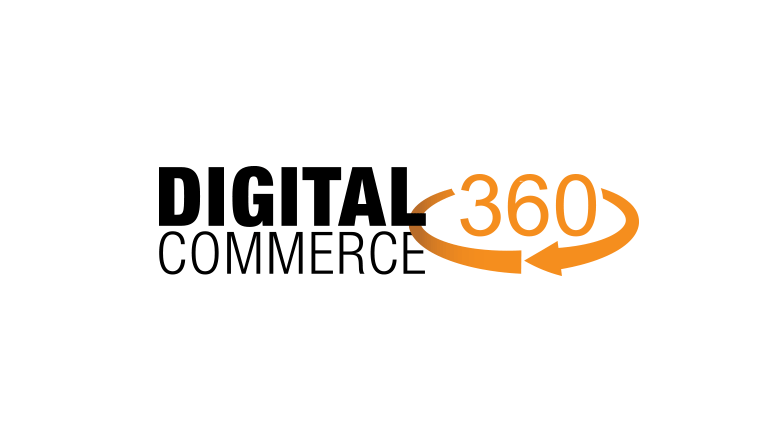Online retailers share how speeding up their site and acting on customer feedback has helped them create a top online shopping experience.
April Berthene |
Many retailers and shoppers believe that a fast site is a top way to have a good online shopping experience. 29% of consumers say a fast-loading site will lead them to placing an online order, according to a Digital Cmmerce 360 survey of 1,108 online shoppers in January 2022. But it’s not the only way. Top retailers share how listening to customer feedback and working with technology vendors allowed them to improve the customer experience for their shoppers.
Which technology improves a customer experience depends on each retailer, the customer base and what’s most lacking today, says Emily Pfeiffer, principal analyst at research firm Forrester Research Inc.
“Retailers have to weigh the impact of a feature with the time and costs required to build and maintain it,” Pfeiffer says. “The most impactful features have a ‘needle-moving’ impact on the metrics that matter most to the retailer, such as conversion rates or average order value.”
Perry Ellis continually improves the customer experience
Apparel merchant Perry Ellis International also received a bump in conversion rate after making its site faster. The retailer used performance vendor Yottaa and its site load time decreased to 3.5 seconds on average from 5.5 seconds, says Jay Nigrelli, senior vice president of ecommerce at Perry Ellis International. This resulted in a 15% increase in conversion, Nigrelli says.
If retailers decrease their page load time by one second, then average conversion rates increase by 5.6% and bounce rates decrease by 11.7%, according to Yottaa, which based its data on 16 billion page views from 250 eCommerce merchants in 2022.
Nigrelli also highlighted other ways it is working toward improving the customer experience by gathering more customer reviews of its products and launching a fit tool. The tool will be an avatar that lets shoppers input their measurements to see how a garment would actually fit.
“We have the specs of each garment, so we know how it’s cut,” Nigrelli says. “Then the customer can see through a heat map on the avatar where and how it fits. For like a size large versus a size extra-large, some people like to wear it baggy while some people like to wear it more fitted and you’ll be able to see that.”
Perry Ellis plans to test this tool early next year. Sizing tools are essential for online apparel merchants because consumers can’t try on the garment. Digital Commerce 360 analyzed the top online apparel sellers and found that nearly all (98.7%) offered some sort of size guidance to shoppers. The most popular was with a size chart (88.2% of top apparel merchants) and sizing information available on non-product pages (62.9%)
All of these site features play into the retailer’s strong online sales growth, Nigrelli says.
“It’s a combination of really great product, building a really solid customer experience and driving the right qualified customers to your site,” he says.
“Ecommerce isn’t rocket science. It’s making sure you are doing the appropriate things and finding the right partners to execute them,” he adds.
Retailers need to offer a good customer experience for shoppers. Online shoppers want a speedy site, relevant search results and for their feedback to be implemented. But what each retailer prioritizes likely depends on the business’ unique needs at that time.

